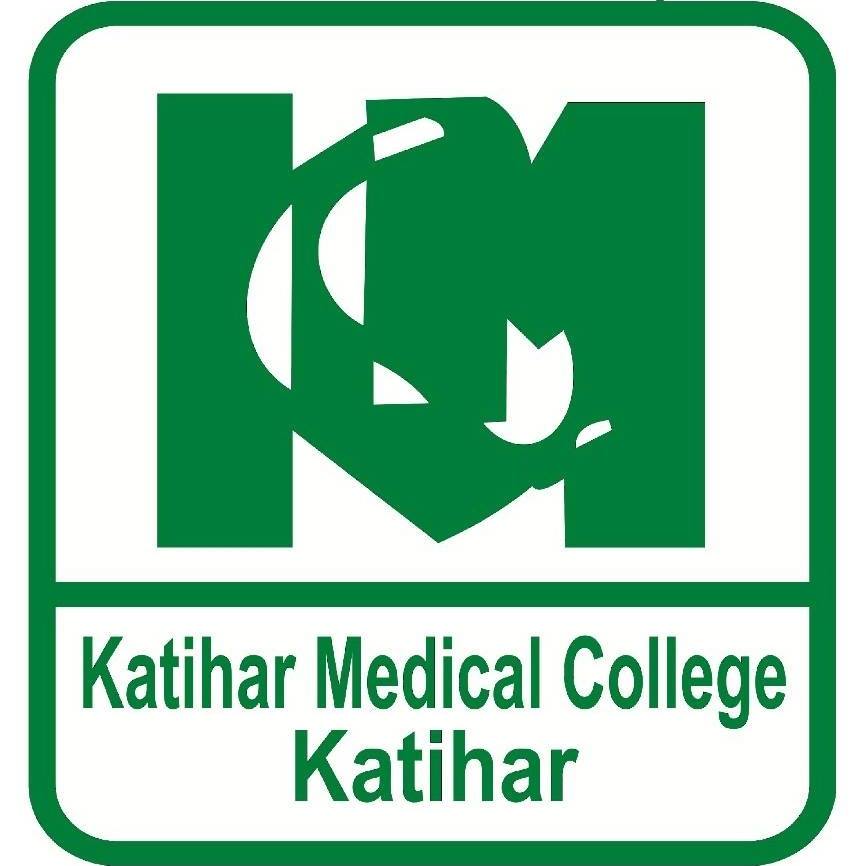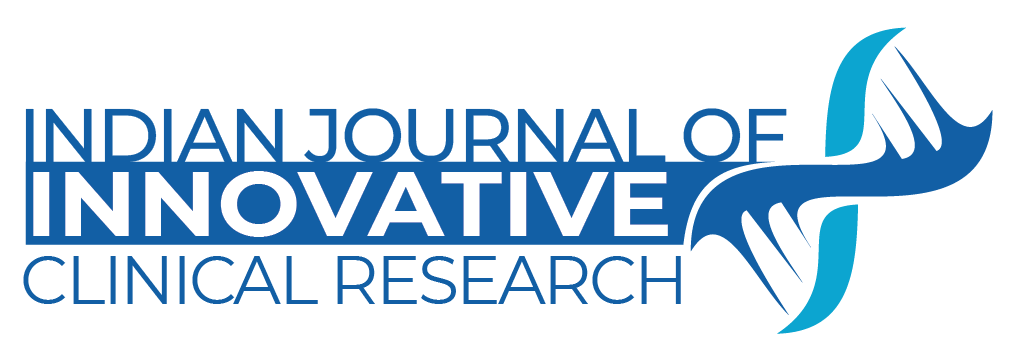Journal Menu
- Home
- Aims & Scope
- Editorial Board
- Article Preperation Guideline
- Online Submission
- Articles Early View
- Current Issue
- Archive
- Membership
- Reprints
The Role of Personalized 3D-Printed Implants in Complex Orthopaedic Reconstructions: Clinical Outcomes, Cost-Benefit Analysis, and Future Prospects
Article Information
Background: Orthopaedic surgery has seen a revolution with the use of customized three-dimensional (3D) printed implants, particularly for handling anatomically complex reconstructions where traditional implants are inadequate.
Objective: The aim of this study was to assess the clinical outcomes, cost-effectiveness, and future utility of personalized 3D-printed implants across various orthopaedic indications at a tertiary care center.
Methods: From January 2023 to June 2024, a prospective observational study was carried out at Katihar Medical College in Katihar. Included were 42 patients undergoing intricate orthopaedic reconstructions due to congenital deformities, trauma, tumor resection, or revision arthroplasty. CT images were used to design patient-specific implants, which were then modeled using CAD software and made using Ti6Al4V alloy electron beam melting. Surgical metrics, radiological integration, complications, cost-effectiveness over a 12-month follow-up, and functional recovery (Harris Hip Score, Oswestry Disability Index) were among the outcomes evaluated.
Results: The application of personalized implants has shown good anatomical consistency and early functional recovery. Mobility scores were significantly improved with few implant-related complications. At 3 months post-operatively radiographic follow-up revealed steady osteointegration. While the average price of implants was greater than that of the traditional systems, the benefit to cost ratio was high because of reduced convalescent periods, less frequent postoperative complications and briefer surgical time.
Conclusion: Custom 3D printed implants offer a safe, accurate and reliable solution for challenging Ortho biologic reconstructions. Cost and regulatory obstacles currently block the way, but the promise for better surgical outcomes and a more efficient health-care system has put this technology on the leading edge of orthopaedic innovation.


